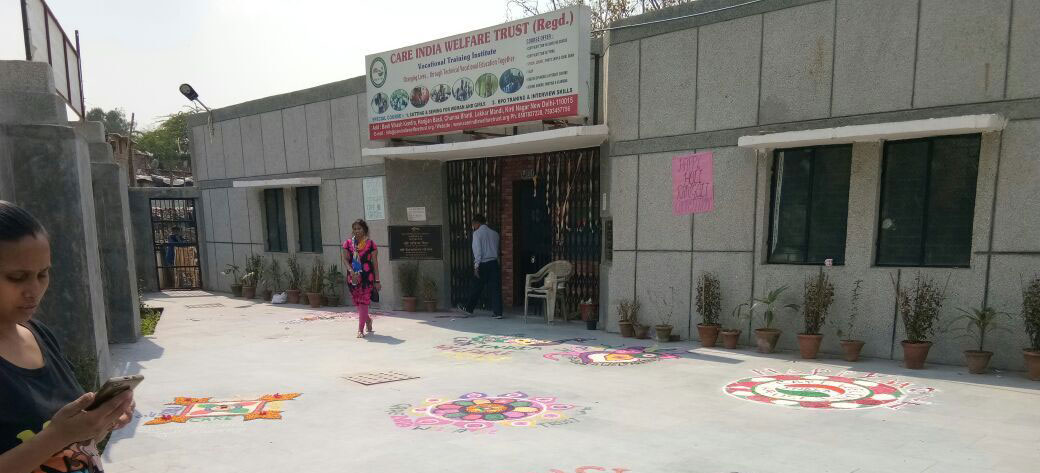

Today, more than half of India’s population is below the age of 25. In another seven years, India’s average age will be just 29 years, in comparison with 37 in China and the United States, 45 in Western Europe and 48 in Japan; making it one of the country with the largest young population in the world.Every third person in an Indian city today is a youth. In about seven years, the median individual in India will be 29 years, very likely a city-dweller, making it the youngest country in the world
Despite of being the youngest country ,the statistics for India are just as alarming. The Census data released recently show that unemployment in the country, especially among the youth, is very high, averaging nearly 20 per cent for the age group of 15-24 years. In some States like Chhattisgarh, Madhya Pradesh, West Bengal, Rajasthan, Himachal Pradesh and Jammu and Kashmir, the unemployment rate is above 25 per cent. Prosperous States like Punjab, Haryana, Gujarat and Maharashtra have averages that are less than half of the national average. Demographic dividend in the country is not being appropriately used and there is a need to revisit the demographic policy so as to tap benefits from the youth.
India’s youth unemployment crisis is fast becoming seriously acute. As per the World Bank Data, India’s youth employment rate was only 32 per cent in 2015, compared to a healthy 45 per cent in 1991.
In that time period, not only the percentage of youth unemployment has increased, the youth population of the country too has increased to 45.3 per cent. So, job creation has miserably failed to keep pace with the increasing youth population.
Skills and knowledge are the driving forces of economic growth and social development for any country. As India moves progressively towards becoming a ‘knowledge economy’ it becomes increasingly important that the country should focus on advancement of skills and these skills have to be relevant to the emerging economic environment.
But facts show that there is a clear dearth of institutions providing professional skills training to the youth, which should also be affordable. A situation and needs assessment survey for youth, conducted by the Population Council of India in six states, brings out the dismal facts – over half of the young men and two-thirds of the young women surveyed, reported interest in skills training. However, far fewer, just 21% of young men and 25% of young women, had attended any training programme.
kanika sharma, A 18 year old from uttam nagar, new delhi, belonged to the former group. His father, working as a labourer at a small factory and the sole earning member in the family of five, had high hopes from kanika when she graduated. But every job interview she went to, turned out to be a disappointment. The family’s aspirations slowly started ebbing, as disillusionment settled in. In all her years of education, She had never received even basic computer education and his communication skills were also poor. All she could get were very low paying informal jobs, which could not even fulfil her own needs, let alone the family’s.

The window of opportunity opened for her when she enrolled in our vocational course at kirti nagar. it is a livelihood programme that trains urban underprivileged youth with market-oriented job skills such as English, basic computer, personality development and other relevant soft skills and facilitates their employment in bpo and service sectors across India.
After completion of the six month programme, she was offered a position of customer service executive at a leading bpo. Today she earns a decent income and helps out her father with household expenses.

But, to fulfil the country’s target of skilling 500 million youth till 2022, there’s still a long way to go. The country must significantly strengthen investments in programmes that enable youth to make a successful transition to work roles. Enhancing employability would depend to a considerable extent on the improvements in educational attainment; but it would require a much greater investment in enabling youth to acquire employability skills.
© Copyright Care India Welfare Trust. All Right Reserved